There are many benefits to gardening. In addition to being excellent for you and the environment, it can also benefit the animals in your garden. It’s a terrific way to release stress, create objectives for yourself, and nurture something. Growing your food is an excellent option to become more self-sufficient and lessen your environmental footprint. As a side benefit, gardening is a fun pastime.
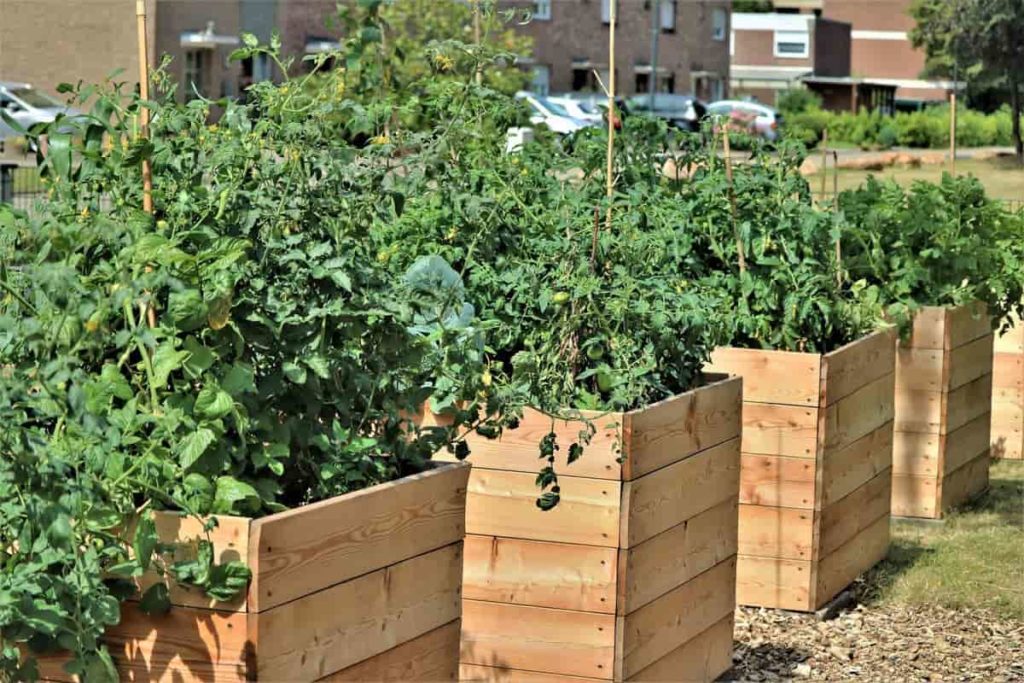
You can do it year after year, season after season, and even into your old age. Even though you don’t have an expansive rear garden or flower beds, there are still methods to grow your food inside. Because of this, gardening may be an enjoyable and healthful activity for a wide range of people. Below we will discuss, Detroit backyard gardening, USDA hardiness zones of Detroit, how to grow various fruits, vegetables, herbs, and flowers in Detroit, when to start planting in Detroit, and a step-by-step guide to growing backyard gardens in Detroit.
What are the USDA hardiness zones of Detroit?
Detroit, Michigan, is in Hardiness Zone 6. Your first and ultimate frost dates can help you plant seeds at the right time of year. The USDA divides the planting zones in Michigan into 10 degrees Fahrenheit (or -12 degrees Celsius) increments based on average winter low temperatures over 30 years. A brand-new map has recently been created, revealing that the average winter temperatures will be higher in various locations around the country.
From the western Upper Peninsula and northern Lower Peninsula’s hardiness zone 4a to the southeast and along Lake Michigan’s southern and south-eastern beaches, our hardiness zones in Michigan encompass the whole state. -10 to -15 degrees Fahrenheit is the temperature range for zone 5b. To get a high yield in your backyard garden, it is essential to sow your vegetables’ seeds or transplants at the appropriate time.
If you know when your area typically has its first and final frosts, you’ll be able to sow your veggie seeds at the ideal time. Because of its location in the north and proximity to the Great Lakes, Michigan is cooler than other states. The USDA Hardiness Zones for this plant are 4, 5, and 6. The temperature differential between the zones is most significant in the state’s upper peninsula, which is located in Zone 4, which covers the whole of the state’s northern region.
Zone 5 covers the whole of the state’s central region, while Zone 6 extends along the state’s borders with water to the east and west. Zone 5 covers the state’s interior. In places like Battle Creek, the first date of frost may arrive as early as the middle of September, and it can arrive as late as the middle of October.
Last frost dates may be as early as the beginning of May in places like Ann Arbor, and they can be as late as the middle of the month in places like Battle Creek. The earliest day of frost for Detroit is October 13th, and the final date of frost is May 2nd.
Detroit backyard gardening: Step-by-step guide for starting backyard gardening in Detroit
Choose an ideal location in your backyard
The placement of the garden is one of the most essential factors in determining its success. Even though your options for location are most likely restricted, the following are some things you should think about: The ideal soil is loose, rich, flat, and has good drainage. If you can help it, steer clear of hard clays and very sandy soils until sufficient organic material can be supplied.
To ensure the growth of nutritious and high-quality veggies, sunlight is a vital need. Garden crops compete with trees and shrubs for sunshine, nutrients, and water. Steer clear of walnut trees since they are responsible for producing a poison harmful to various plants. If at all feasible, locate a water source close to the location of your garden. Water is of the utmost significance throughout the growing process, but it is especially crucial during the stages of sowing seeds and transplanting plants.
In case you missed it: Chicago Backyard Gardening: For Vegetables, Flowers, Herbs, and Fruits at Home
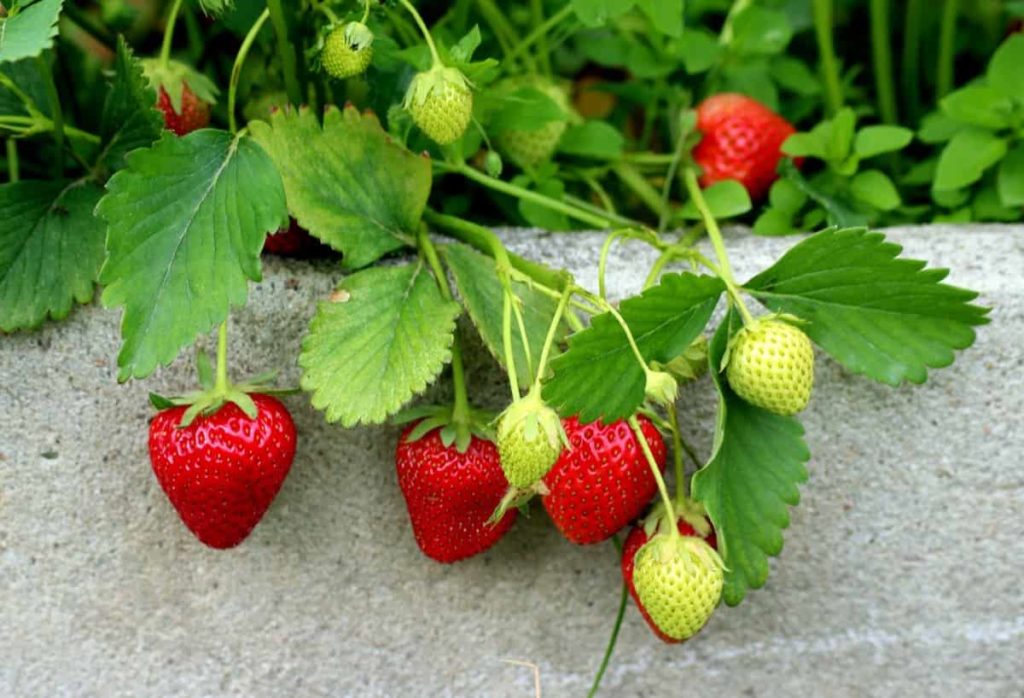
Your garden should ideally be located close to your home for easy maintenance and harvesting. When designing your garden, you should consider how it will fit with the surrounding flora, including trees, bushes, and flowers. The garden should have a good flow consistent with the design of the rest of your environment.
Prepare the soil in the backyard
The quality of the soil is essential to developing a fruitful garden. The soil is perhaps the most neglected part of gardening, despite being the most crucial. When the soil is of high quality, it can provide plants with the critical nutrients they need to produce a plentiful crop. The objective here is to improve soil quality by amending it with compost to make it a better source of various nutrients.
The “sponge factor” of your soil will be improved by adding compost, leaf mold, or mold-aged manure, and it will also improve the soil’s capacity to drain properly and store moisture. Never utilize manure that is still fresh! It can host harmful infections and cause delicate plant roots to be burned. Compost it for a minimum of six months and up to a year. The following are some suggestions that should help you get the most out of your soil:
Test your soil. The findings will show the substance’s pH level and phosphorus, lime, potassium, and soluble salt content. Get precise findings by contacting the office of your community’s cooperative extension service for a soil test that is either completely free or just costs a nominal amount. They will provide their suggestions for any necessary changes to the document.
Begin with sandy loam that has good drainage, and then include as much organic matter as possible. It is easier for the roots of plants to penetrate loose, sandy soil. If you have sandy soil, you should incorporate humus, old manure, peat moss, or sawdust into the ground. The soil quality may also be improved by adding soil rich in clay and heavy.
If you have silt soil, amend it with coarse sand (not beach sand), gravel, compost, or well-aged horse manure mixed with new straw. Alternatively, you might use gravel and compost. If your soil is clay-based, amend it by mixing in coarse sand, compost, and peat moss. Consider constructing some raised beds so that you may fill them with high-quality soil if you have insurmountably rocky or clay-based soil.
There is also the possibility of growing plants in grow bags or containers. Adequate drainage is necessary; waterlogged plant roots will have a detrimental effect on the plant’s health. If your soil needs restoration, the following products may be able to assist you: Ground bark is produced from a variety of tree barks and is used to enhance the soil structure. Compost: great conditioner, Mold formed from the decomposition of leaves, which can enhance soil structure and supply nutrients.
The pH of acidic soil can be raised using lime, which also helps loosen clay-based soil. Composing animal waste, often manure is the most beneficial method. Peat moss is a soil conditioner that aids in the soil’s ability to hold onto water. Sand improves clay soil drainage; Topsoil is often used in addition to one or more other soil amendments. Keep in mind that you should enhance your soil, but that you also need to collaborate with nature.
Clay-based, cold soil takes longer to warm up in spring. Use raised beds, plastic mulch, or sow seeds inside to start your garden early. Earlier crops will do well in light soil, but later crops that dry out may have difficulty; try digging trenches next to plants and watering more often to prevent soil from drying out.
Choose between seeds and seedlings
Consider if starting the plants you’re growing from seeds or cuttings would be more beneficial. Because they need less time to germinate than seeds, plants grown from the start are an excellent option to pursue if you do not have a lot of experience growing plants from seeds or if you reside in a chilly area. For instance, if your region does not experience very warm or extended summers, you should plan on purchasing tomato beginnings.
On the other hand, certain plants, such as radishes and lettuce, grow very rapidly from seed even when started inside. The cost of starting is somewhat more than seeds, but if you opt to germinate your plants from seeds, you will save time and space. The cost of seeds is far lower than buying plants, particularly if they are kept and used yearly. Early in the spring, plant sales are held at several community centers and farmer’s markets.
These are some fantastic locations for obtaining nutritious beginnings. You can also ask growing experts questions. Find plants that flourish in your growth zone by reading labels and determining your growing area. A plant’s growing zone represents the temperature range a plant can survive in. You will be able to purchase plants this way that will have an easier time surviving in your region.
Read the labels on seedlings and seeds to discover whether they’ll grow in your zone. Those who reside in colder regions should seek cultivars with a short growing season so their crops can mature before the temperature drops too low. Because of the extended growth window afforded to those who reside in warmer environments, a wider variety of seed options will be available.
In case you missed it: Easy Plants to Grow at Home in USA: For Containers, Backyard, Patio, and Indoors
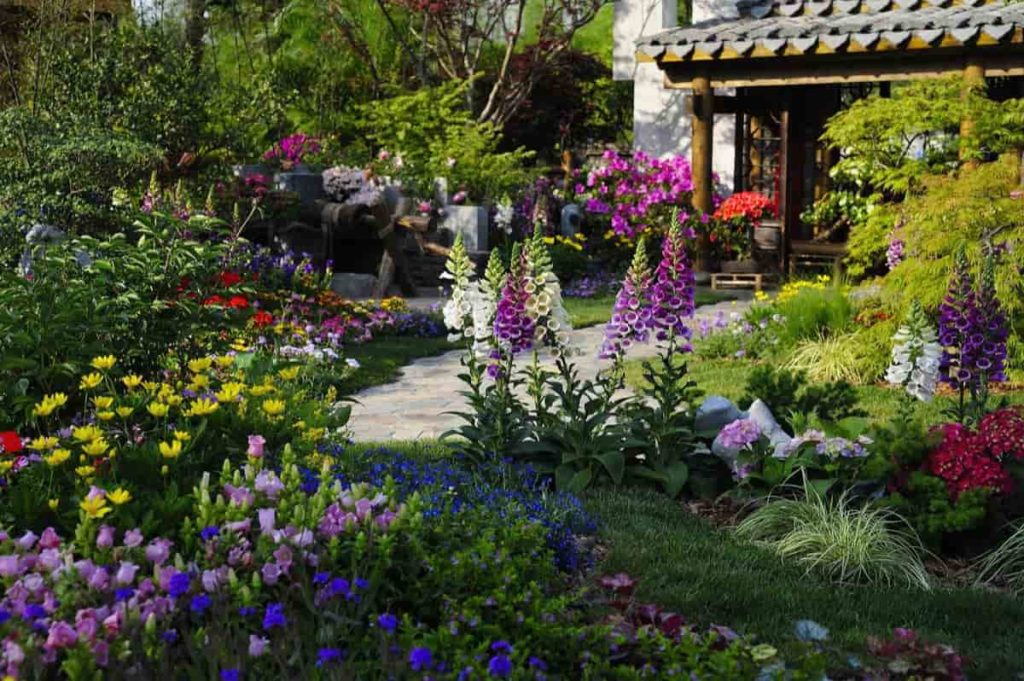
Plant with appropriate spacings in your backyard
Providing enough space between rows and individual plants within rows is vital to achieving an optimal output of high-quality veggies. It is possible to accomplish these spacings by appropriately sowing high-quality seeds and then thinning the rows if required when the seedlings are only a few days old. In most circumstances, a minimum of 18 to 36 inches of space should be left between each row of plants.
Large garden plants with trailing or spreading growth patterns, such as cucumbers, melons, and pumpkins, do best when their rows are between 36 and 72 inches apart. These distances are based on the assumption that the garden will be worked with the assistance of mechanical tools. If a hoe is a sole tool needed, the rows may be placed much closer together. Be careful to plant the seeds in a well-prepared seedbed, as was covered in the section on preparing the soil earlier.
Planting on ridges will further assure healthy stands of cool-season vegetables and make it easy to sow at the appropriate time. These vegetables can be grown from early spring to late fall. These veggies can be Ridges are advantageous to early spring germination because they heat up and dry up more rapidly than the surrounding terrain. Additionally, ridges lessen the likelihood that spring crops would get flooded due to heavy rainfall.
Ridges have the potential to inhibit germination or plant development later in the season because they dry out more rapidly. The soil mustn’t be allowed to dry up or crust before seedlings can grow. It is possible to prevent the seed from being crusted by placing a layer of sand, compost, potting soil, or another substance of a similar kind over the seed in gardens with thick clay soils. In addition to this, it is essential to plant the seed at the appropriate depth.
When planting seeds, the planting depth should be between two and four times the seed’s diameter. This is the standard norm. Plant seeds just a few millimeters deep early in the spring, when the earth is still chilly and damp, and then plant them somewhat deeper in the summer, when the soil is warmer and dryer. Plant seeds at a shallow depth in clay-rich soils and a bit deeper in light and sandy soils.
Start watering your backyard garden
Plants, especially vegetables, need between 1 and 1 1/2 inches of water for optimal growth and yield each week. In the majority of years, there are dry spells during which irrigation may significantly boost growth, fruit set, overall output, and quality. Sprinklers provide the majority of gardeners with the simplest and most convenient method of watering their plants. Applying water slowly and steadily can help minimize erosion and runoff. Place cylindrical containers over the sprayed area to acquire an exact water reading.
After applying between 1 to 112 inches of water, wait several days before re-watering the area. Frequent waterings at a shallow depth encourage root development at a shallow depth, which is more susceptible to being harmed by cultivation or dry spells. It is best to water plants early in the day so that they may dry out before nightfall. This will reduce the likelihood that diseases will spread.
Fertilize your backyard garden
During the growth season, woody plants and perennials take up nutrients from the soil; they need very little nutrients while dormant. As a result, fertilize the plants as soon as they emerge from their winter slumber in the spring. To determine how frequently you use the product, refer to the label. After the first autumn frost, stop applying pesticides.
Early-start fertilization is also beneficial to food crops. For heavy feeders, fertilizer must be applied more often during the growing season. It takes time (and water) for granular fertilizers to break down in the soil before plants can use them. Granular formulations include slow-release fertilizers. A percentage of the fertilizer is unavailable to the plant immediately. Over many weeks, nutrients are distributed. Because of this, they are used less often.
“liquid feed” is a term used to describe soluble fertilizers, which may be purchased as solutions or as dry milling ingredients that must be dissolved in water before usage. Rapid green growth is the goal of these nitrogen-rich quick-release fertilizers. Granular fertilizer can be spread using a spreader or applied by hand. Use a hoe, spade fork, or rake to push it into the soil’s top 4 to 6 inches. Planting holes and rows can be supplemented with small quantities of fertilizer when seeds or plugs are sown.
In case you missed it: 20 Common Avocado Tree Problems: How to Fix Them, Solutions, and Treatment
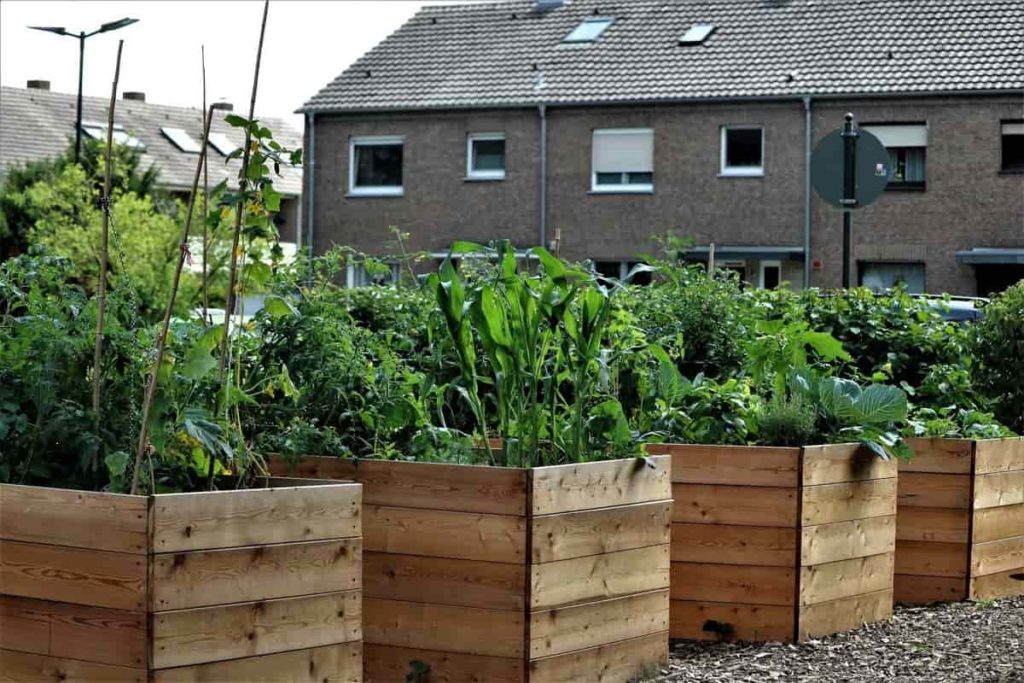
You should water your plants after applying fertilizer to assist the nutrients in reaching the roots. During the growth season, fast-acting liquid fertilizers are normally administered monthly. They’re best suited to annuals and container plants. These sprays are especially effective at vital times, such as after transplanting or fruit set, or in droughts or harsh temperatures, for plants that produce flowers and fruits. Some providers advocate biweekly spraying for leaf crops.
When to start planting in Detroit?
Spring planting
Planting brassicas like broccoli, cauliflower, and cabbage directly in your garden during the second week of March is an option, if the ground can be worked, but starting them inside between February 13 and 16 and transplanting them to the garden between April 3 and 5 is preferable. Use lettuce and spinach in the same way. Also, scatter some pea seeds about. You can plant them in spring as soon as the soil has cleared.
Do you wish to grow peppers, tomatoes, and eggplants? Start them between the 13th and the 16th of February, indoors. At this point, you should begin keeping an eye on the weather prediction and plant the seeds as soon as there is no chance of a frost. For summer crops like beans, cowpeas, maize, pumpkins, cucumbers, squashes, watermelons, gourds, and sunflowers, sow seeds straight into the ground April 24 – 26, or after the soil is approaching 60° F.
Fall planting
Autumn gardening might be more complicated than spring planting to have your crops ripe and harvested before the first winter frosts arrive on October 15-17. In other words, you have to think about how long it takes for each type to mature from planting to harvest. Even within the same plant family, their quantities might vary greatly. Seed packets often include a “Days to Harvest” section.
Tomatoes, peppers, and eggplants, for instance, have a harvest time of roughly 100 days. Therefore, they should be planted in the ground during the first week of July. This autumn planting guide should be a helpful starting point for your experimentation, so use it wisely. Success in your garden and good fortune to you. The best time to grow garlic is in the fall. Around September 2, separate cloves and plant toes 3 to 4 inches deep.
It’s possible that this isn’t correct! Different regions have different varieties of garlic dates. A soil thermometer is the best method to know for sure. Plant your garlic when the soil temperature reaches 60 degrees Fahrenheit at a depth of 4 inches. Because of the sweltering temperatures in August, it’s best to start these crops inside about June 19 and transfer them to the garden at the end of July.
Use lettuce and spinach in the same way. Peas should be sown between August 1 and 3. All the everyday hot-weather vegetables, such as beans, cowpeas, maize, pumpkins, and watermelons, should be planted straight into the ground between July 2 and July 5.
Best vegetables that can be grown in the backyards of Detroit
Many vegetables can be grown in backyard gardens of Detroit, such as lettuce, zucchini, beans, peas, broccoli, cucumbers, cabbages, carrots, tomatoes, potatoes, sweet corn, radishes, and other vegetables.
Carrots: Carrots thrive in Detroit’s diverse growing conditions. You need soil that drains effectively and is not compacted. It is important to rake your yard well to remove pebbles since carrots grow straight down. Fortunately, the soil in Detroit has a significant amount of decomposed humus, known as muck.
Carrots thrive in chilly soil and climates. Because they don’t tolerate high temperatures, they’re best grown in the spring and autumn. You must sow in early April for a successful harvest and wait for around 120 days. It might take a long time for carrots to germinate. Therefore, some gardeners put rows of radish plants between each row of carrots.
Tomatoes: Summer gardening necessitates the growing of tomatoes. Planting tomato seedlings before the danger of frost has passed is a must since they are not frosted resilient. The middle of May is a good time to get started with your garden. Indeterminate tomatoes could be a better option for urban gardeners with a restricted area. However, determinate tomato plants tend to be smaller and better suited to container gardening.
In case you missed it: Guide to Growing Potatoes in Texas: At Home, In Backyard, Containers, In Winter and Summer
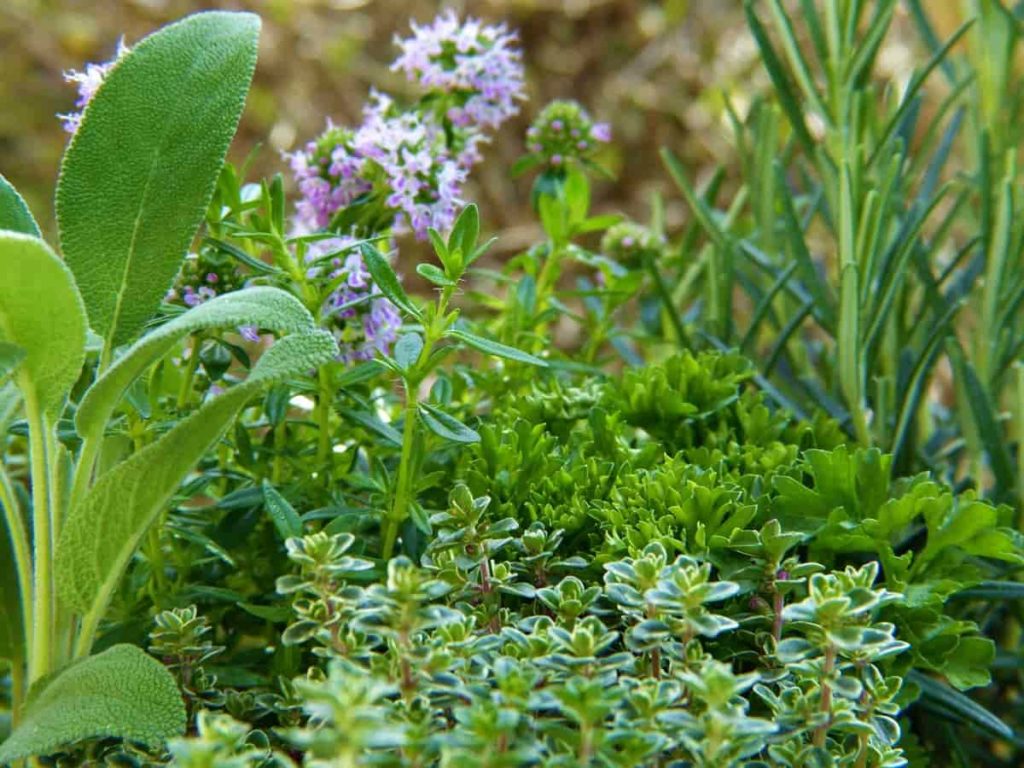
Lettuce: Greens such as spinach and lettuce need fertile soil that drains properly. In April, you may plant most types that are frost resistant. Each lettuce head should be placed six inches apart. It is possible to harvest at any point throughout the growing season by practicing succession planting, which involves planting a row once every one to two weeks.
Zucchini: Zucchini is a fast-growing crop, often taking 60 to 70 days to mature from seed to harvest. Zucchini plants may also be grown in succession to ensure that you have a steady supply throughout the year. Many gardeners find themselves buried in a sea of zucchini.
Beans: It is possible to plant bush beans or pole beans. When space is limited, pole beans might be a terrific option. They’ll even reach the top of a fence or trellis if you let them. Beans grown on poles have a longer growing season, producing more in fewer harvests. Bush beans are small and yield a lot all at once. Plant in May once the danger of frost has passed.
Best fruits that can be grown in the backyards of Detroit
Many fruits can be grown in the backyards of Detroit, apples, pears, peaches, cherries, kiwi, elderberry, gooseberry, currants, jostaberry, paw paw, and other fruits.
Hardy kiwi: With an edible skin and the ability to grow up to 20 feet in only two or three seasons, this grape-sized fruit is a must-have in every kitchen. Eastern and Russian cultivars are the best bets for Detroit, with some cultivars capable of withstanding winter temperatures as low as -45°F.
Elderberry: As a native to the Midwest, this hardy shrub is known for its beautiful pink blooms, followed by an abundance of antioxidant-rich fruit. A few varieties of berries may be used to make jams, jellies, pies, and even wine because of their bitterness when eaten fresh.
Gooseberries: Green, purple-red, yellow, and white varieties of this globe-shaped bush’s fruit, which may grow as big as tiny plums, are among the many available. Early harvesting of gooseberries results in a sweet and sour taste that may be used in various dishes.
Pawpaw: This deciduous tree that is native to Michigan appears like it would be more at home in the tropics, and the fruit that it produces has a flavor that is a combination of banana, pear, and mango. When the tree bears fruit, it’s worth the effort since pawpaw fruit is rich in healthy fats and can be eaten raw, baked, or prepared into puddings and pies.
Currants: Although currants can be grown in the mitten state, they are prone to a few diseases and are thus used in various recipes, from pastries to crème de cassis liquor.
Best flowers that can be grown in the backyards of Detroit
Many flowers can be grown in the backyards of Detroit, such as new England aster, butterfly weed, virgins bower, black-eyed Susans, swamp milkweed, trembling aspen, and other flowers.
New England aster: This plant’s lavender color and golden center resemble a daisy in late summer and early fall. It prefers wet, well-draining soil and may grow to six feet with just rainfall. Plant in broad light if you can.
Butterfly weed: Colors vary from gold to brilliant orange, delivering a burst of color to your yard with this low-maintenance flower. Butterflies and other pollinators love this plant, as its name indicates. Plant in the broad sun for optimal results since these plants are tolerant to dryness and poor soils.
Black-eyed Susan: Its huge, daisy-like yellow blooms bloom in spring and attract a wide variety of pollinators, including butterflies and bees, to your garden. It’s also among the earliest flowers to bloom each year, making it a perennial favorite! Plant rich, wet soil in full or partial shade, and watch it thrive!
Trembling aspen: It’s a majestic tree with white bark and “shivering” foliage that catches the wind. With its characteristic noises derived from which it gets its name throughout the year, this plant is a veritable chameleon! Before planting, the plant requires four hours of direct sunlight, fertilizer, and watering. Be sure to pay attention to how closely their root systems tie together the surrounding trees of the same species!
Swamp milkweed: As the name suggests, this plant is often found in swamps and other wetland regions. The name, on the other hand, should not deter you! It is known for its beautiful, fragrant pink flowers, which can be found in many colors. Pollinators love Monarch butterflies and depend on them to make it to the next generation. It can even live in well-drained soils.
In case you missed it: Michigan Container Gardening: How to Start With Vegetables, Flowers, Fruits, and Herbs at Home
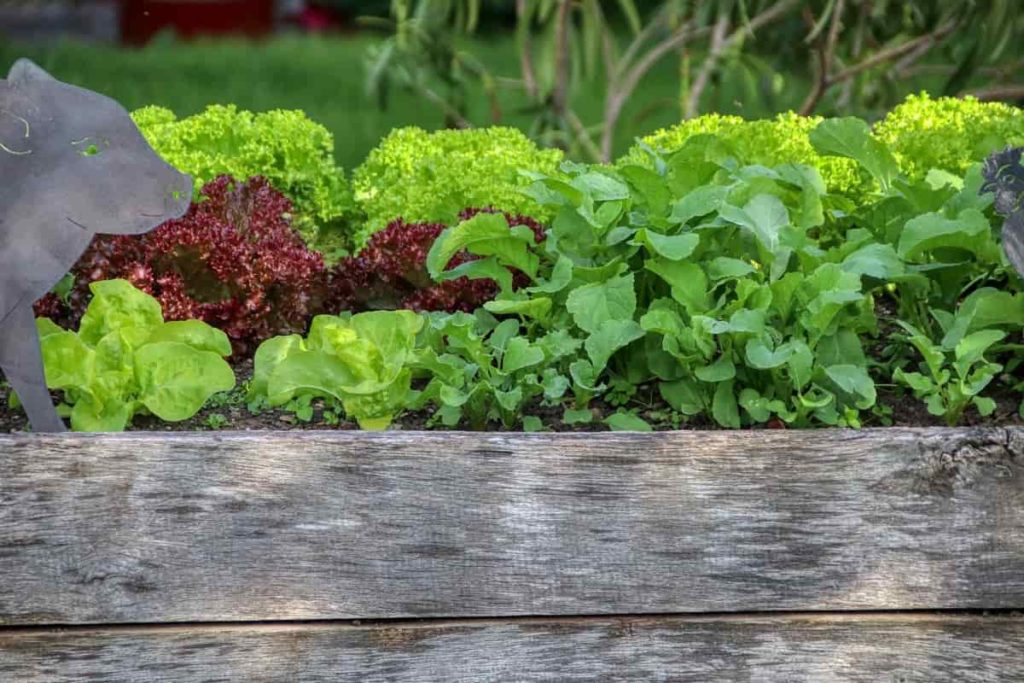
Best herbs that can be grown in the backyards of Detroit
Many plants can be grown in the backyards of Detroit, such as chives, tarragon, basil, cilantro, rosemary, thyme, chervil, dill, and other herbs.
Rosemary: Rosemary is a low-maintenance plant. It can continue for a long period by relying mostly on rainfall. Potted plants should be placed in full sunlight. For an edible hedge, you may use rosemary, which grows rather large and tall. Shape it towards the end of the summer.
Mint: Mint is a simple plant to grow, but it can quickly take over your whole garden if you aren’t vigilant. Mint is a must-have herb since it requires just a little water and can grow in full sun and partial shade. To get the greatest results, it’s recommended that you grow mint in a container. The larger the container, the more room there is for the mint to grow. Small plastic pots should be avoided since the roots will rapidly become confined.
Basil: Basil is one of the most flavorful homegrown herbs. When basil seed is placed in full light, it thrives. Wet but well-drained soil is best for this plant, which requires periodic trimming to promote new growth.
Chives: Chives can be grown in containers/backyards or used to construct garden borders, making them versatile plants. Despite their sturdiness, they function better in the cooler months. Plant in the broad sun throughout the winter, and keep the soil moist yet drainable. Avoid ripping the steams by cutting with sharp scissors before harvesting.
Thyme: Fresh thyme is an excellent food herb growing in your yard. It grows beautifully in a container, but it may also be used as a ground cover in the garden, where it will develop big clumps you can step on. Thyme loves full sun and a shaded location. In addition to woolly and lemon, it can be gathered at any time of year and is available in various flavors.
Conclusion
As a result, we may conclude that Detroit is the natural habitat of many plant species and that a great number of those plant species are capable of being successfully grown in the backyards. As was seen in the previous section, it is possible to grow a wide variety of fruits, vegetables, flowers, and herbs in Detroit. You must select the ideal layout for your garden and plan it to consider your plants’ specific needs. This can help you develop healthy plants in a stress-free environment.
- Gardening Techniques in Planting Vegetables
- Where to Place Indoor Plants in Your Home
- How to Grow Tomatoes Organically at Home: A Comprehensive Guide
- Organic Gardening on a Budget: Low-Cost Methods and Materials
- Gongura Seed Germination and Planting Methods
- Cabbage Seed Germination and Selection
- Broccoli Seed Germination and Selection
- Asparagus Seed Germination and Variety Selection
- Seasonal Flower Gardening: Best Practices for Spring, Summer, Fall, and Winter
- How to Grow Hibiscus from Flower
- Plantation Ideas for Home Decoration: A Beginners Guide
- Flower Garden Designs and Layouts for Beginners
- Planting and Spacing Techniques in Papaya: A Beginner’s Guide
- Growing Gold: Essential Techniques for Planting Pineapples
- How to Make Kalanchoe Plant Bushy: Home Remedies and Solutions
- 11 Reasons Why Your Gardenia is Not Blooming: Home Remedies and Solutions
- Eco Elegance: The Guide to Designing a Drought-Tolerant Landscape
- Gardening on a Slope: Strategies for Hillside Landscaping
- Nourish and Flourish: Top Organic Mulches for Thriving House Plants
- Everything You Want to Know about Indian Mogra Flower: Discover Uses and Growing
- Green Thumb Success: Expert Tips for Cultivating Greenhouse Pumpkins All Year Round
- Maximize Growth & Flavor: The Ultimate Guide to Companion Planting in Herb Gardens
- How to Control Rhododendron Problems Naturally: Home Remedies and Organic Ways to Fix Them
- Natural Magic: The Remarkable Benefits of Cinnamon for Plants
- Best Steps to Revive Dying Tulip with Natural and Organic Treatment
- 10 Reasons Why Your Angel Trumpet is Not Blooming: Remedies and Treatment
- How to Fix Periwinkle Leaf and Flower-Related Problems: Natural Remedies and Solutions
- How to Fix Zinnias Leaf and Flower Problems: Discover Natural and Home Remedies
- Organic Steps to Induce Lemon Tree Flowers: A Comprehensive Guide
- Bloom Booster: Crafting the Perfect Homemade Bougainvillea Fertilizer
- Optimizing Growth: A Guide to Applying NPK Fertilizer for Potted Plants
- 10 Best Homemade Fertilizers for Rubber Plant: DIY Recipes and Application Method
- How to Boost Female Pumpkin Flowers: Effective Steps for More Flowers and High Yields
- Transform Your Indoor Garden: Top Benefits of Pink Salt for Houseplants
- 10 Best Homemade Fertilizers for Peacock Plants (Calathea): Easy DIY Guide
- Unlock Blooms: 9 Reasons Why Your Potted Chrysanthemum is Not Blooming